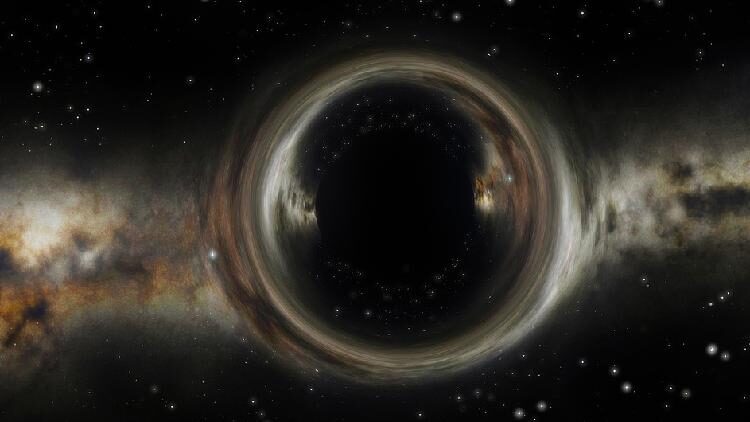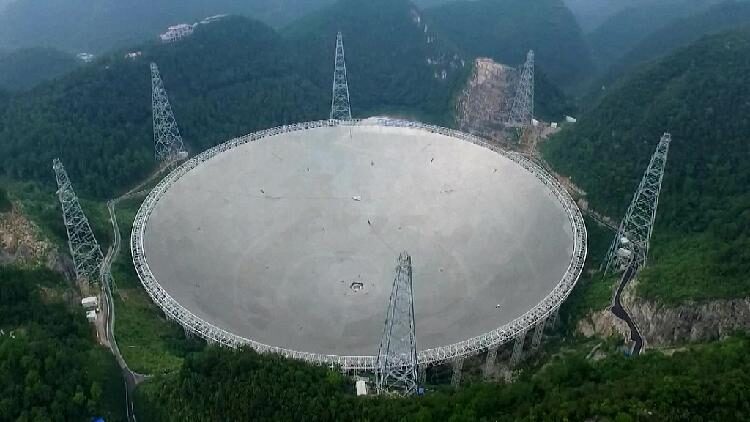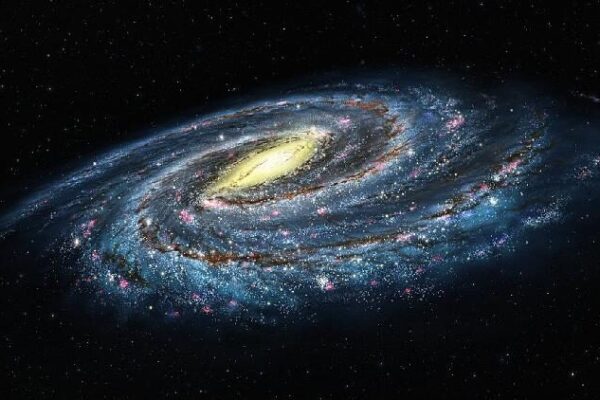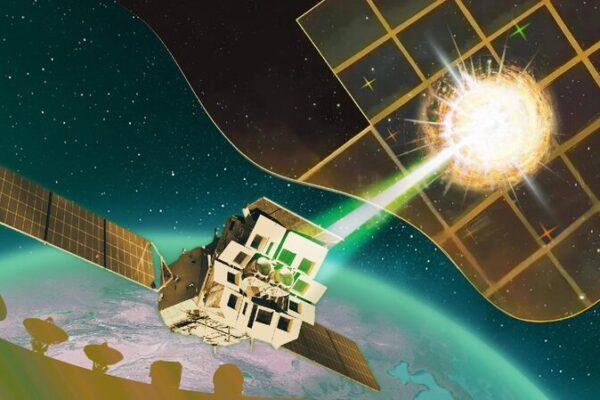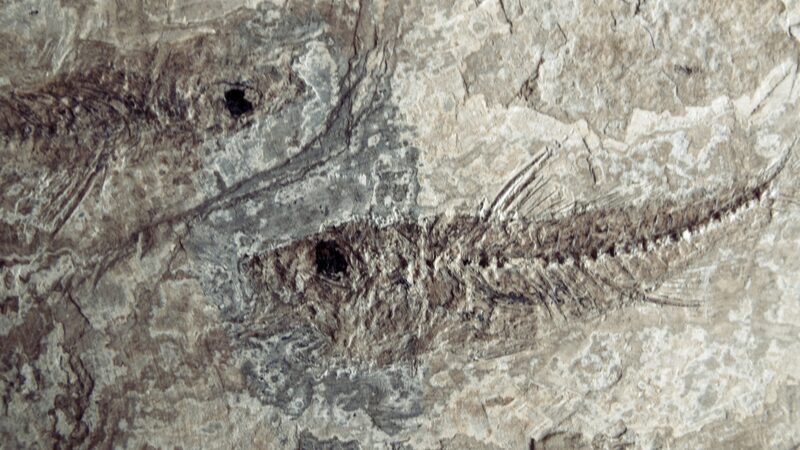In a groundbreaking discovery, Chinese astronomers have found compelling evidence for the existence of intermediate-mass black holes (IMBHs), a mysterious class of black holes that has long eluded scientists. This revelation comes from the identification of a runaway star ejected from the M15 globular cluster, offering a crucial missing link in our understanding of black hole evolution.
The research team, led by the National Astronomical Observatories of the Chinese Academy of Sciences (NAOC) in collaboration with multiple institutions, published their findings in the National Science Review journal.
“Intermediate-mass black holes are thought to be the bridge between stellar-mass black holes and supermassive black holes,” explained Huang Yang, an associate professor at NAOC and the University of the Chinese Academy of Sciences. “Their existence has been a topic of debate because they’ve been so hard to detect.”
The star in question, J0731+3717, was propelled from the M15 cluster about 20 million years ago at an incredible speed of nearly 550 kilometers per second. This high-velocity star provided the key evidence needed to confirm the presence of an IMBH at the center of M15.
“Our analysis showed that J0731+3717 shares nearly identical chemical composition and age with M15,” said Liu Jifeng, director of NAOC and co-lead author of the study. “This strongly suggests that it originated from M15.”
Previous observations hinted that M15 might host an IMBH weighing between 1,700 and 3,200 times the mass of our sun. However, there was uncertainty because the gravitational signals could have been caused by a dense cluster of neutron stars instead.
The extreme speed of J0731+3717 helps settle this debate. “Such a high-speed ejection requires a tight binary star to pass very close to an IMBH,” Huang said. “The black hole’s intense gravity would tear the binary apart, capturing one star and flinging the other outward.”
This event, known as the Hills mechanism, confines thousands of solar masses within a tiny region, effectively ruling out other explanations like clustered compact stars.
“With more data from Gaia and other large-scale surveys like LAMOST, we expect to find more stars like J0731+3717,” said Zhang Huawei, director of the Department of Astronomy at Peking University’s School of Physics and co-lead author of the study. “These discoveries will significantly advance our understanding of IMBHs.”
Reference(s):
Chinese scientists find proof of intermediate-mass black holes
cgtn.com
